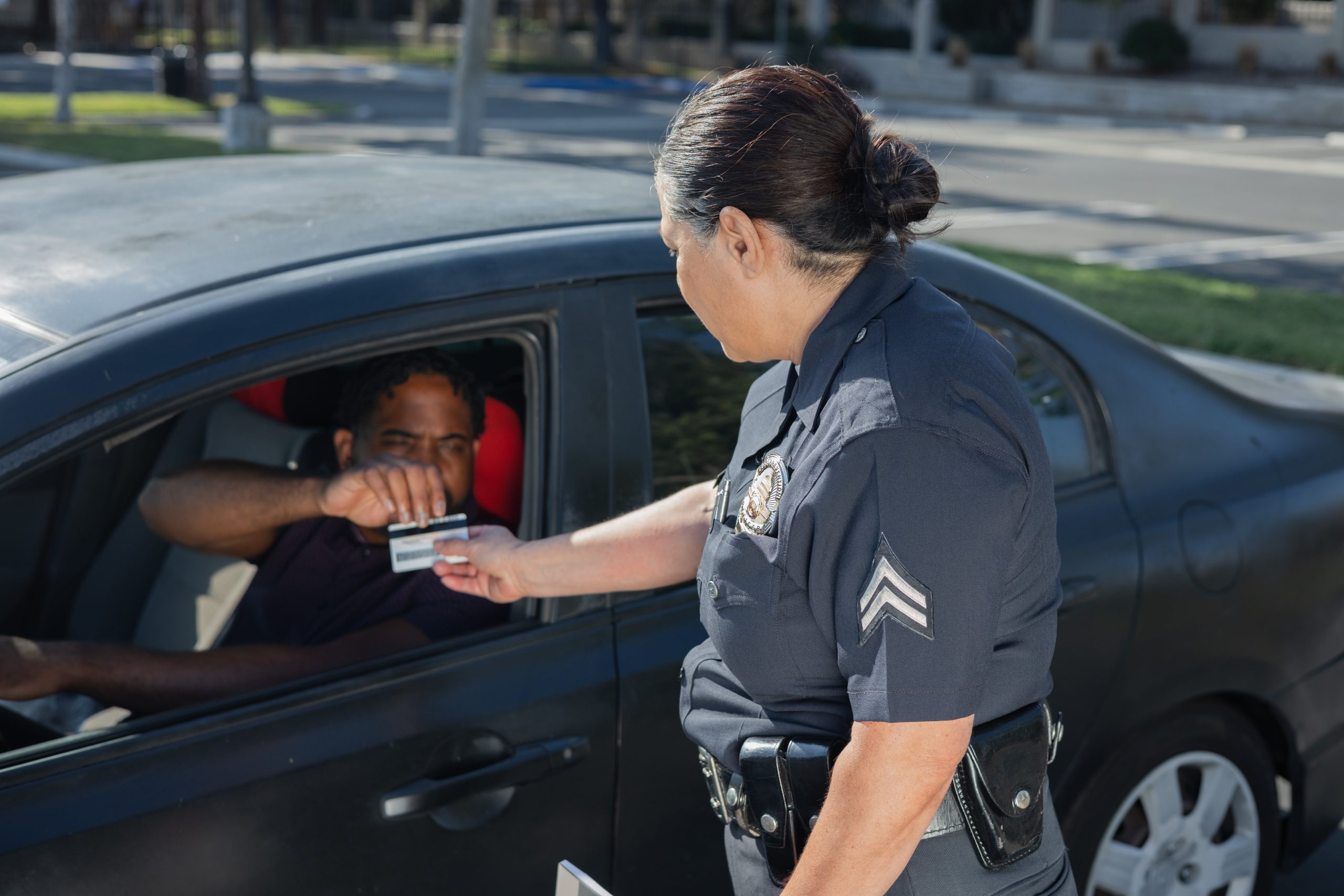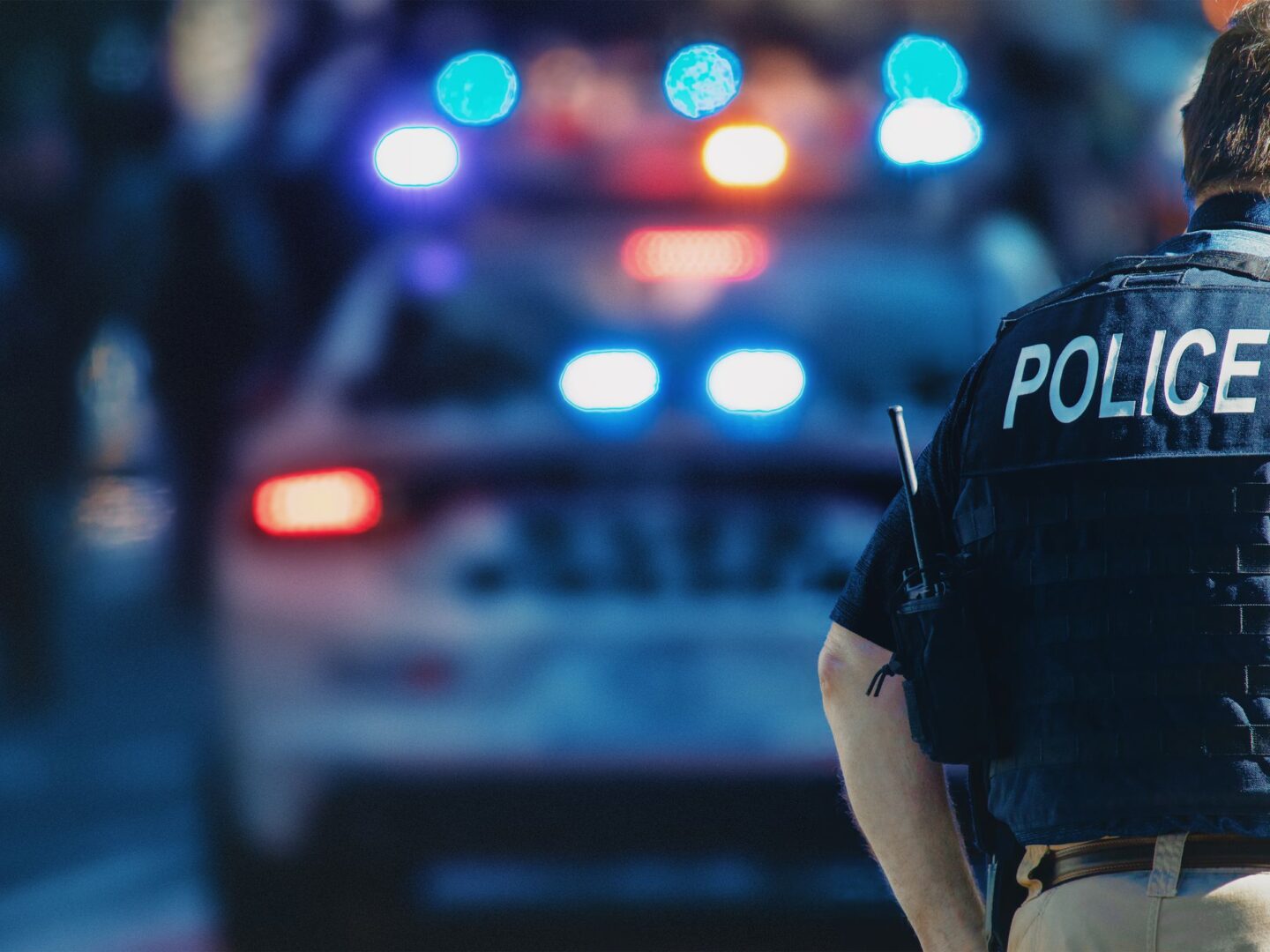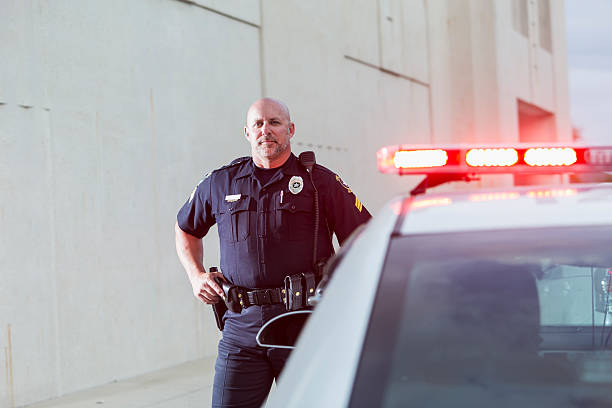Respect the Badge? Supporting Our Police in an Era of Growing Public Distrust
A recent survey found that two-thirds of police officers in the United States experienced some form of verbal abuse from citizens while on duty last month. This disturbing statistic points to a wider trend – public trust and confidence in law enforcement has declined over the past few years. However, respect for the police is essential for a safe, lawful and just society. This post examines the challenges facing law enforcement today and provides perspectives and advice for leaders seeking to bolster support and respect for the badge.
The Data on Disrespect
Multiple surveys indicate that police officers are facing high rates of public criticism, disrespect, and even outright abuse. A Pew Research study found that 67% of police said they had been verbally abused by a citizen in the past month. Shockingly, 1 in 5 reported being physically attacked. Other key findings:
- 84% say the public doesn’t understand the risks and challenges of police work
- Over 75% believe the public has little to no respect for officers
- 91% of officers are frustrated by negative coverage of policing issues in the news media
- 69% say their department’s use of military equipment improves morale and officer safety
These concerning statistics point to a climate where many citizens harbor animosity, suspicion or contempt for law enforcement. In this environment, even routine traffic stops or investigations can escalate into verbal or physical confrontations.
Examining the Causes
This breakdown in public trust has multiple, complex causes that law enforcement leaders need to understand.
1. High-Profile Incidents of Police Misconduct
Over the last decade, citizens have been exposed to numerous cases of apparent excessive force, bias and abuse of power by police through mainstream and social media channels. Despite these cases being statistically rare, they shape perceptions and erode confidence. For example, after the 2020 killing of George Floyd, surveys found trust in police dropped significantly.
2. Lack of Understanding of Police Work
Most citizens have little first-hand understanding of the daily realities and pressures facing law enforcement officers. Studies show the public consistently underestimates the risks police take and overestimates the occurrence of misconduct. This knowledge gap causes misguided expectations and criticisms.
3. Changes in Technology and Media
The proliferation of cell phone videos and social media allows isolated incidents to gain national attention rapidly. While these tools can also help hold police accountable, they skew perceptions by highlighting extraordinary cases over routine community policing.
4. Societal Divisions and Distrust
Wider political, socioeconomic and racial divisions in recent years have also contributed to narratives pitting communities against law enforcement in some contexts. Groups who feel marginalized are more likely to view police with suspicion rather than as protectors.
5. Stress and Attitudes of Some Officers
While most officers maintain high standards, situations of stress, community hostility and department cultures can negatively impact police attitudes and actions toward citizens in some instances. Poor community relations exacerbate distrust.
Reversing the Trend
Respectfully restoring public trust and cooperation will require committed, compassionate, creative leadership across multiple fronts. Here are several promising approaches:
Community Outreach and Engagement
Departments should prioritize community policing tactics that proactively build rapport, understanding and goodwill between officers and local citizens of all ages and backgrounds. Attending community events, safe driving campaigns, Coffee with a Cop events, youth outreach, citizen advisory boards and foot/bike patrols in neighborhoods are examples.
Social Media and Public Relations
Strategic use of social media platforms allows departments to directly inform citizens about positive police activities, issues and events. Humanizing officers through photos, videos and stories makes them relatable while highlighting positive examples.
Transparency and Accountability
Adopting policies like expanded use of body cams, releasing footage in a timely manner after critical incidents, tracking comprehensive crime data openly, disciplining misconduct swiftly and having civilian oversight boards demonstrates accountability and a commitment to justice.
Implicit Bias and De-escalation Training
Ongoing, rigorous training focused on addressing subconscious bias, practicing procedural justice, tactical restraint, communication techniques, mental health intervention and crisis resolution equips officers with vital skills for resolving tense encounters positively.
Officer Wellness Programs
Prioritizing mental health support, counseling, safety measures and resilience training for officers reduces burnout and improves wellbeing. Proactively addressing officer struggles humanizes their roles and challenges.
Partnerships with Civic Groups
Constructive dialogue, joint trainings and collaborations between police and community organizations like churches, schools, businesses, advocacy groups and social service programs builds trust through cooperation and relationships.
Focus on Exceptional Conduct
When exemplary instances of heroism, compassion and professionalism by police occur, publicizing these widely provides balance and positivity. Honor courageous actions through awards and media coverage.
Perspectives from the Streets
Seeking input, stories and feedback directly from line officers about their relationships and experiences in diverse neighborhoods provides valuable perspective. Incorporate insights into improved policies and training.
Moving Forward with Hope
While some currently portray relationships between police and citizens as irreparable, we cannot accept this view. The vast majority of officers serve with courage and integrity, risking their lives to protect communities. And most citizens still respect law enforcement and want public safety.
But restoring confidence after decades of deterioration will not occur quickly or easily. It will require moral leadership, a willingness to have uncomfortable conversations, implementing progressive policies and standing up unequivocally for justice.
By taking a holistic, compassionate and long-term approach focused on comprehensive reforms and relationship building, police departments can once again be viewed as trusted protectors and partners by all citizens. But officers cannot do it alone – the public must also extend greater understanding and respect.
When citizens begin encountering police as dedicated public servants who will treat them with dignity, fairness and respect rather than threats or obstacles to be distrusted, the tide will turn. With courage and perseverance, a future of mutual understanding and support is not out of reach. But we must begin the work now.
Building Public Trust
If we truly want to build greater public trust, we must go directly to the citizens we serve to understand their perspectives and experiences. Implementing regular community policing surveys using tools like Officer Survey that gather candid, anonymous feedback from local residents about their interactions with police, sense of safety, priorities and concerns. The data and insights gained would allow us to tailor our community engagement, training, and policies to be more responsive to the community’s actual needs and perceptions. By proactively seeking input and being open to criticism through such surveys, we demonstrate a genuine commitment to transparency, accountability and positive community relationships. This has proven effective in other departments for identifying issues early and making measurable improvements that communities recognize and appreciate. With the current crisis of confidence in law enforcement, we simply cannot afford not to utilize every method possible to improve bonds with the public. Officer Survey can be one powerful part of that effort, if we have the courage and humility to hear what citizens tell us
Sources:
Police culture | Pew Research Center
US police have a public trust problem – what can be done to fix it? | PBS NewsHour
Trust in Police Is Plummeting. Here’s How to Fix It | Brennan Center for Justice








